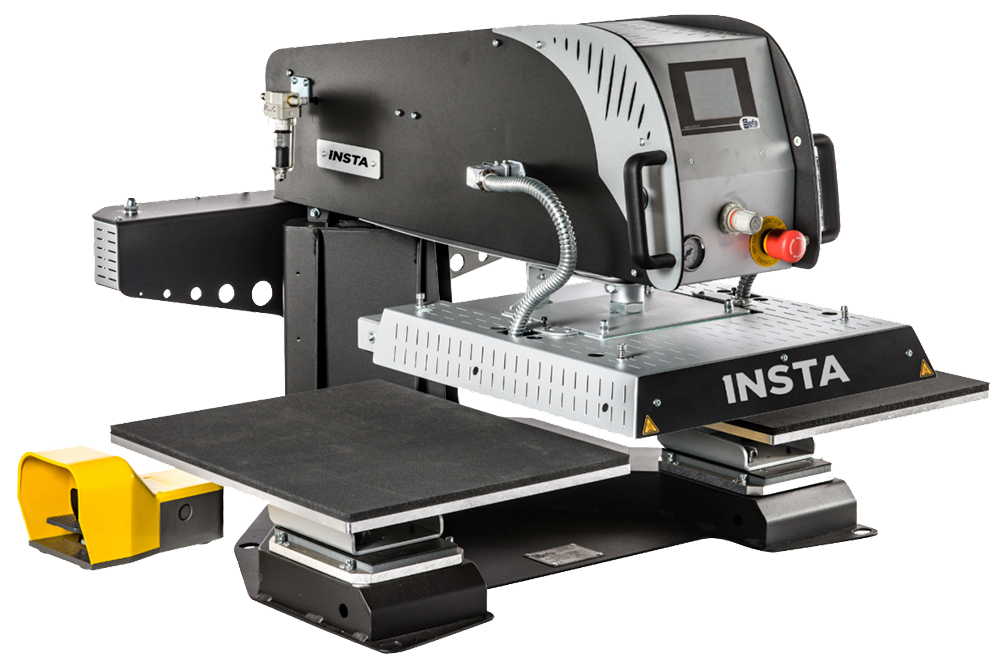
Digital transfer technology is taking off, and there are a number of new shops opening that rely solely on some form of digital printing. Additionally, shops that have been around for decades are adding or switching to digital technologies. Two of the fastest-growing techniques are Direct to Film (DTF), and White Toner. These technologies allow the user to print their own digital transfers and immediately apply them to substrates using a heat press. It is incredibly important to have the right heat press for both of these methods. What you can accomplish with digital transfer technologies is amazing, but it can be difficult to achieve the best results if you don’t have the best equipment for the job. So what are the most important factors to consider? Read on to learn more…
Pressure
One of the main functions of a heat press is to apply even and consistent pressure in order to help the ink transfer properly onto the substrate. Operators who are familiar with this will dread the “dead spots” that happen when a heat press does not apply pressure evenly across the entire lower platen. This is true for all kinds of transfer products but is especially true for DTF and White Toner transfers which tend to be more sensitive. When it comes to DTF especially, higher pressure levels are often needed for the absolute best results. Not all heat presses are capable of consistently operating at these higher pressures.
Heat
Even heat across the platen is just as important as even pressure. In the same way, you can get dead spots in your transfer from lack of pressure, you can also get it from uneven temperature distribution across the heating element. The best way to achieve completely even heat across a platen is with a single, cast-in heating element. This cast-in heating element will be far more reliable, longer lasting, and more consistent than designs with multiple heating elements or heating elements that sit behind the upper platen rather than within the upper platen.
Speed
Depending on your setup, speed may or may not be important to you. One reason many shops are converting to DTF is because of the speed at which they are then able to print and apply for transfers. Having a DTF printer can let you print the transfers at high speed but then your heat press could potentially become a bottleneck. If you are consistently running high-volume jobs, you will want to look into automatic heat press options especially those with dual-platen, shuttle systems. Additionally, you will want to ensure the heat press you use is durable enough to handle high-volume application day in and day out for years to come.
Are you looking to start a DTF or White Toner operation in your shop? Please drop the Insta team a line, so we can help direct you to the ideal heat press for your needs. Our presses are proven to have the evenest heat and pressure in the industry. We have automatic options including multiple shuttle machines with dual platens. Our machines have also been rigorously tested with the best-known White Toner and DTF printers on the market and shown to achieve phenomenal results. The digital transfer revolution is upon us. Here at Insta, we are ready for it with heat press machinery that will last decades under heavy usage and maintain extremely high levels of consistency.
